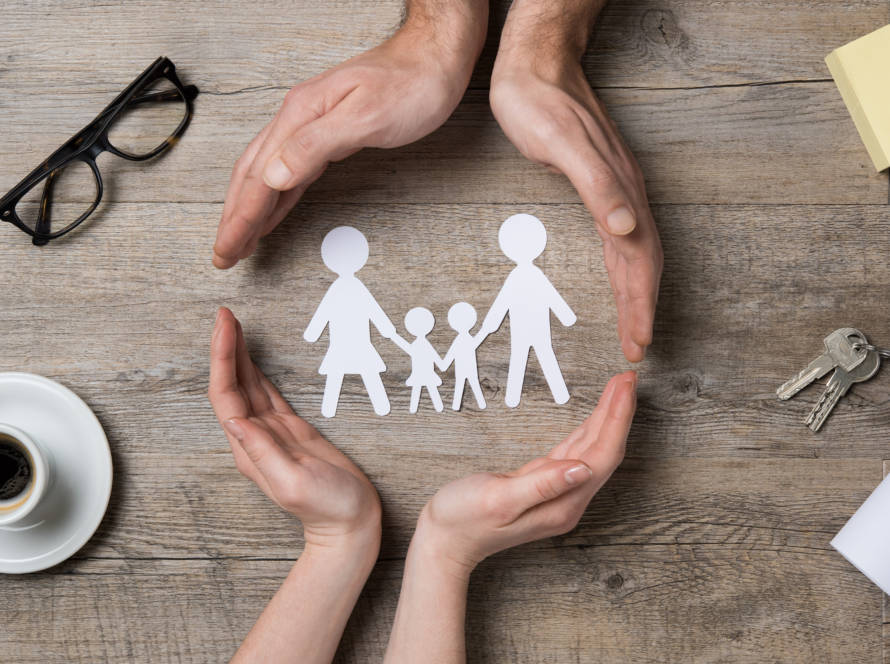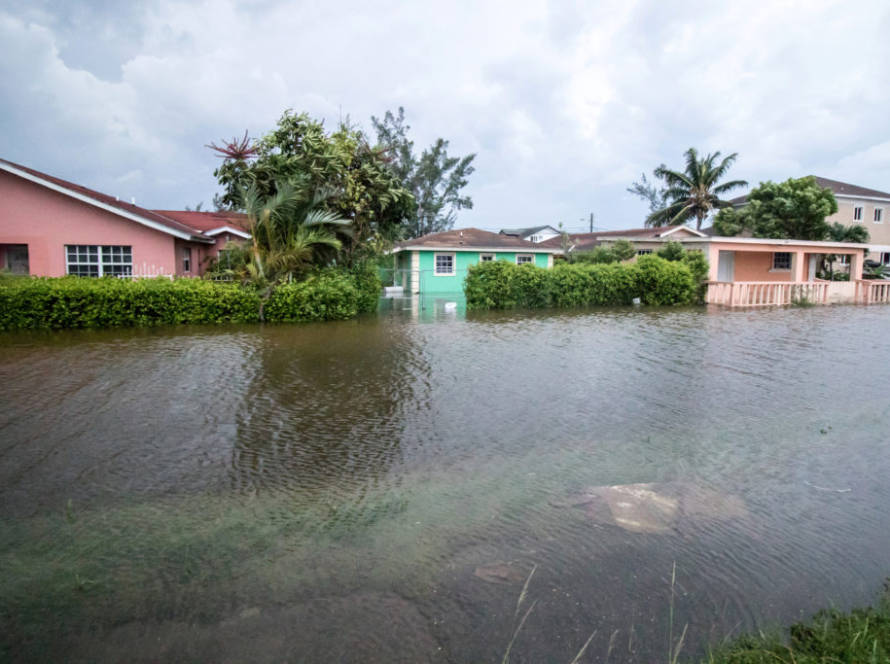It happens in the wake of all disasters.
When we see the chaos and tragedy that occurs in the wake of a disaster, the immediate response of the watching world is “These people just lost everything, so let’s send them something!” You and 30,000 others have this same sentiment. But imagine that in the outpouring of sympathy and support, also comes a tremendous outpouring of stuff.
In 2012 in the USA, after the Sandy Hook Elementary School shooting, the town was flooded with school supplies, Christmas toys and about 65,000 teddy bears.
After Hurricane Harvey in Houston, Texas, a generous retailer donated 40,000 ladies’ belts. And after the 2010 earthquake, Haiti received a mountain of winter clothes, energy drinks and tuxedos.
Although good intentions can go a long way, not all good intentions are good ideas.
The devastating and negative consequences from disasters can be felt for weeks, months and even years after they strike. In the immediate aftermath of a disaster, resources are often in short supply as recovery and rebuilding take time, putting stress on survivors and local organisations. With donations pouring from every corner of the world, the country, city, town, or village where the disaster strikes, in the midst of their grief and trauma, will often find their logistical capabilities stretched thin dealing with unnecessary and non-helpful donations. Resources like police, firefighters, and volunteers will more often than not find themselves buried in packages containing things that won’t assist in the relief efforts, distracting them from performing their duties at full capacity.
Thus, a disaster within a disaster occurs. And disaster zones become dumping grounds for other people’s unwantables. BUT donated with good intentions!
So how do we avoid this? In order to be intentionally useful in a time of crisis, here are some effective ways to help disaster survivors.
- Donate money to established and trusted organisations
Money donations offer the most flexibility in a crisis as it can be directed where it is needed most. Disaster relief is complex and fluid as on-demand and on-the-ground needs are constantly changing. Monetary donations provide the funds to buy the right supplies when needed and to buy them in bulk, and locally if possible, allowing for quicker relief.
Make sure you do your research on which organisations and agencies–both international and local–are well-established and trusted in the disaster area. Also check if reputable international organisations may be established in the country of disaster, and each may contribute to one area of relief support. Some common organisations are:
| The American RedCross | Samaritan’s Purse |
| GoFundMe | UNICEF |
| Humane Society | AirBnb |
| Fiverr |
- Research what the disaster survivors are requesting
Sending unsolicited goods or supplies direct limited resources away from essential services, and often does more harm than good. Additionally, besides the supplies being unwanted, they may also harm the environment as these goods are dumped in landfills, on top of the carbon footprint created to ship these items to the destination.
Before cleaning out your homes or garages remember that you aren’t the only one with this thought process of how to help. And just because you no longer want it doesn’t mean that disaster survivors need these things. Your trash is not always another’s treasure.
Reach out to trusted and established organisations or probe social media to find out what disaster survivors are particularly asking for.
- Plan a fundraiser and continue to raise awareness
Collecting more and supplies to donate to local organisations in the disaster area is a great way to assist in relief efforts. Ensure you contact established organisations to confirm what is needed.
If you are unable to raise funds, even spreading awareness of the crisis and what is needed goes a long way.
When we all make better decisions and donate responsibly, disaster survivors will be able to get the help they really need and begin to rebuild and recover.



